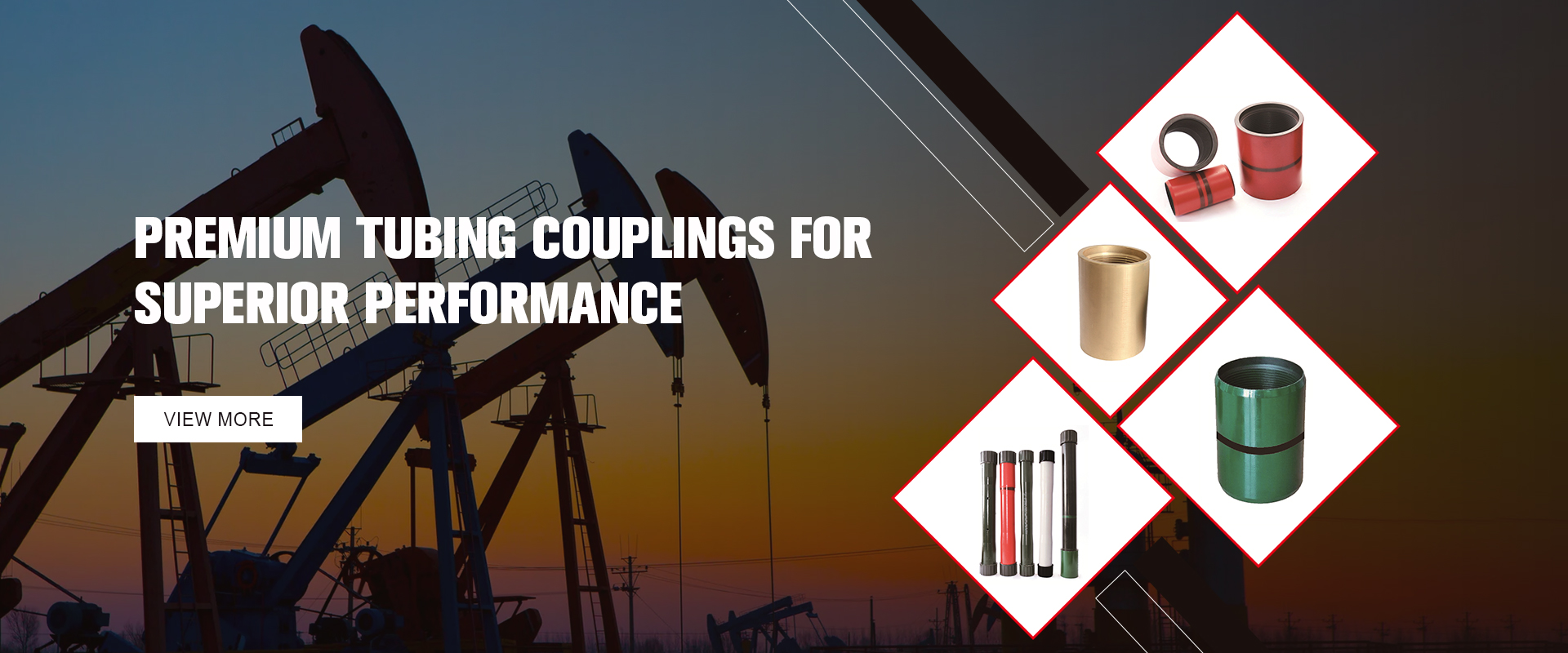- Afrikaans
- Albanian
- Amharic
- Arabic
- Armenian
- Azerbaijani
- Basque
- Belarusian
- Bengali
- Bosnian
- Bulgarian
- Catalan
- Cebuano
- Corsican
- Croatian
- Czech
- Danish
- Dutch
- English
- Esperanto
- Estonian
- Finnish
- French
- Frisian
- Galician
- Georgian
- German
- Greek
- Gujarati
- Haitian Creole
- hausa
- hawaiian
- Hebrew
- Hindi
- Miao
- Hungarian
- Icelandic
- igbo
- Indonesian
- irish
- Italian
- Japanese
- Javanese
- Kannada
- kazakh
- Khmer
- Rwandese
- Korean
- Kurdish
- Kyrgyz
- Lao
- Latin
- Latvian
- Lithuanian
- Luxembourgish
- Macedonian
- Malgashi
- Malay
- Malayalam
- Maltese
- Maori
- Marathi
- Mongolian
- Myanmar
- Nepali
- Norwegian
- Norwegian
- Occitan
- Pashto
- Persian
- Polish
- Portuguese
- Punjabi
- Romanian
- Russian
- Samoan
- Scottish Gaelic
- Serbian
- Sesotho
- Shona
- Sindhi
- Sinhala
- Slovak
- Slovenian
- Somali
- Spanish
- Sundanese
- Swahili
- Swedish
- Tagalog
- Tajik
- Tamil
- Tatar
- Telugu
- Thai
- Turkish
- Turkmen
- Ukrainian
- Urdu
- Uighur
- Uzbek
- Vietnamese
- Welsh
- Bantu
- Yiddish
- Yoruba
- Zulu
Understanding API Casing Sizes and Their Importance in Oil and Gas Applications
Understanding API Casing Sizes A Comprehensive Overview
API casing sizes are an essential aspect of the oil and gas industry. The American Petroleum Institute (API) has established standard specifications for equipment used in drilling operations, including casing sizes that are crucial for the stability and safety of wellbores. This article delves into the significance of API casing sizes, their classification, and their impact on drilling operations.
What is API Casing?
API casing refers to the pipe used to line the wellbore after drilling. It serves multiple purposes, including providing mechanical support, preventing the collapse of the wellbore, and isolating different formations to protect groundwater from contamination. The API has set forth a standardized measurement system for these casings, allowing for consistency and reliability in drilling operations across the industry.
API Casing Sizes and Their Classifications
API casing sizes are categorized based on their outer diameter and wall thickness. The sizes range from small diameter pipes, like the 4 ½ inch casing, to larger diameters, such as the 20 inch casing. The outer diameter is crucial for determining the casing's strength and ability to withstand wellbore pressures.
Casing sizes are divided into several classifications - Conductor Casing The largest diameter casing, typically used as the first pipe installed in a well. It provides initial support and protection for the wellhead. - Surface Casing Installed after the conductor casing, it protects freshwater aquifers and provides additional structural integrity. - Intermediate Casing Used to stabilize the borehole and control high-pressure zones, allowing for the safe drilling of deeper formations. - Production Casing The final casing installed for oil or gas production. It is usually perforated to allow the flow of hydrocarbons while keeping the surrounding formations isolated.
api casing sizes

Importance of Proper Casing Selection
Selecting the appropriate API casing size is fundamental for the success of drilling operations. The wrong casing size can lead to well failure, which could result in environmental issues, economic losses, and safety hazards. Engineers must consider various factors, including the depth of the well, geological conditions, and hydraulic pressures when selecting casing sizes.
For instance, deeper wells may require thicker-walled casings to withstand higher pressures. Likewise, the selection must adhere to API specifications to ensure compatibility with other equipment used in drilling and production stages.
Innovations in Casing Design
Recent advancements have led to innovations in casing design, enhancing their strength and durability. Manufacturers are experimenting with new materials and technologies, such as corrosion-resistant alloys and composite materials, to produce more robust casings. Furthermore, the introduction of smart casing technology allows for real-time monitoring of well conditions, improving safety and operational efficiency.
Conclusion
API casing sizes are a fundamental aspect of the oil and gas industry, playing a crucial role in the safe and effective drilling of wells. Understanding the dimensions, classifications, and proper selection criteria for casing sizes is important for engineers, geologists, and field operators alike. As technology continues to evolve, the industry can expect further enhancements in casing materials and designs, ensuring that drilling operations remain efficient, safe, and environmentally sound. Ultimately, the careful consideration of API casing sizes and their specifications can have a significant impact on the overall success of oil and gas exploration and production.
-
Tubing Pup Joints: Essential Components for Oil and Gas OperationsNewsJul.10,2025
-
Pup Joints: Essential Components for Reliable Drilling OperationsNewsJul.10,2025
-
Pipe Couplings: Connecting Your World EfficientlyNewsJul.10,2025
-
Mastering Oilfield Operations with Quality Tubing and CasingNewsJul.10,2025
-
High-Quality Casing Couplings for Every NeedNewsJul.10,2025
-
Boost Your Drilling Efficiency with Premium Crossover Tools & Seating NipplesNewsJul.10,2025







